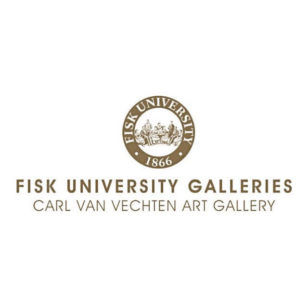INTERVIEW: NELSON GUTIERREZ
JUN. 16, 2016

INTERVIEW: NELSON GUTIERREZ
JUN. 16, 2016
Denise Stewart-Sanabria: You grew up and got your bachelors in Bogotá, Colombia, your MFA in London, went back to Bogotá, but ended up in the United States? This is pretty exciting- how did you make it all happen?
Nelson Gutierrez: After studying in London I went back to Colombia and I met my wife, who is from Miami. She was working in Bogotá at that time, and after a time we decided to come here. So we moved to Miami from Bogotá about fifteen years ago.
DSS: Is she Colombian?
NG: Yes, she’s Colombian but was born and raised in Miami. There are a lot of Colombians in Miami.
DSS: Not just Cubans?
NG: (laughs) No, there used to be mostly Cubans in the ‘80’s and 90’s, but then a lot of people from different countries in South America started to move to Miami, too. There is a very large Latin-American community there.
DSS: How long were you living in Miami?
NG: I lived in Miami for four years: it was a very interesting time. Then we moved to Washington, DC, where we lived for eight years.
DSS: That’s a big difference from Miami.
NG: It was a wonderful experience- we really like the area, and had some really good times there.
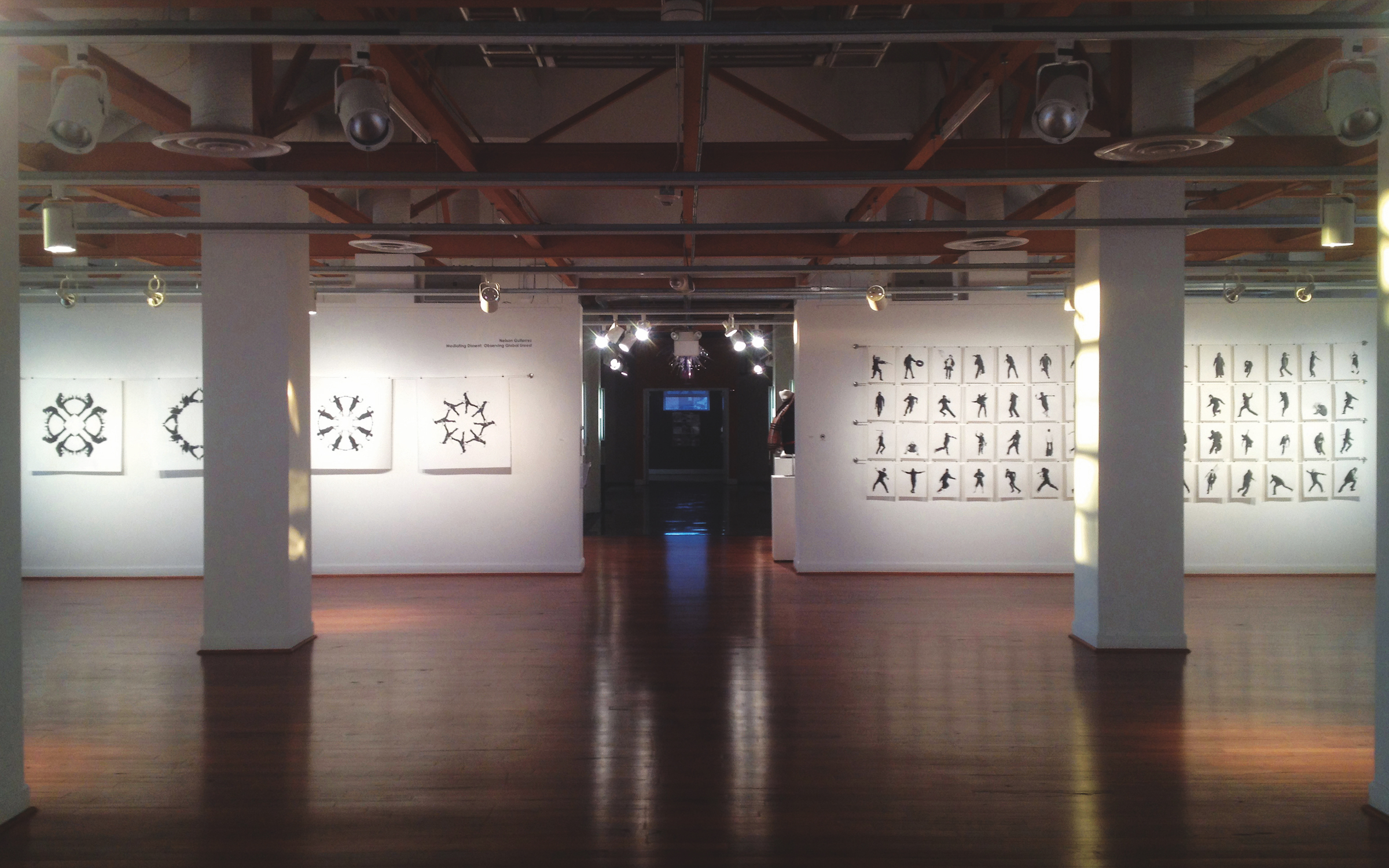
DSS: Miami, DC, and Memphis have very different art scenes- Miami being one of the best in the world every December with all the fairs.
NG: Yes- we moved there in 2002, which was the first Art Basel. It changed the scene in a very amazing way. Before that it wasn’t the way it is right now. In the last 15 years it has changed in a real positive way, in becoming a center for contemporary art. It was a very good time for me as an artist, I met very good friends, made very good contacts, and I put my work in many different places there.
DSS: What are you doing in Memphis now- are you working as a full time artist, or do you have multiple jobs?
NG: I’m working as a full time artist. I’ve been working for the last year making murals at the University of Memphis. I’m part of a team of artists who’ve been working on a really large project for the Fogelman School of Business and Economics. So we are making very large murals there- for about the whole time I’ve been here- around one year. They are in the stairwells of the building. This was actually an idea of Dr. Rajiv Grover, who is the dean of the Fogelman College of Business and Economics. It is to be an educational tool for the students so they can see things in a more creative way.

DSS: There seems to be a constant theme in your work of the world on the edge of potential violence. A series on video surveillance is included in your recent work.
NG: They are just everywhere. We are being observed. It is good for security reasons and safety, but it is just there- part of the contemporary world.
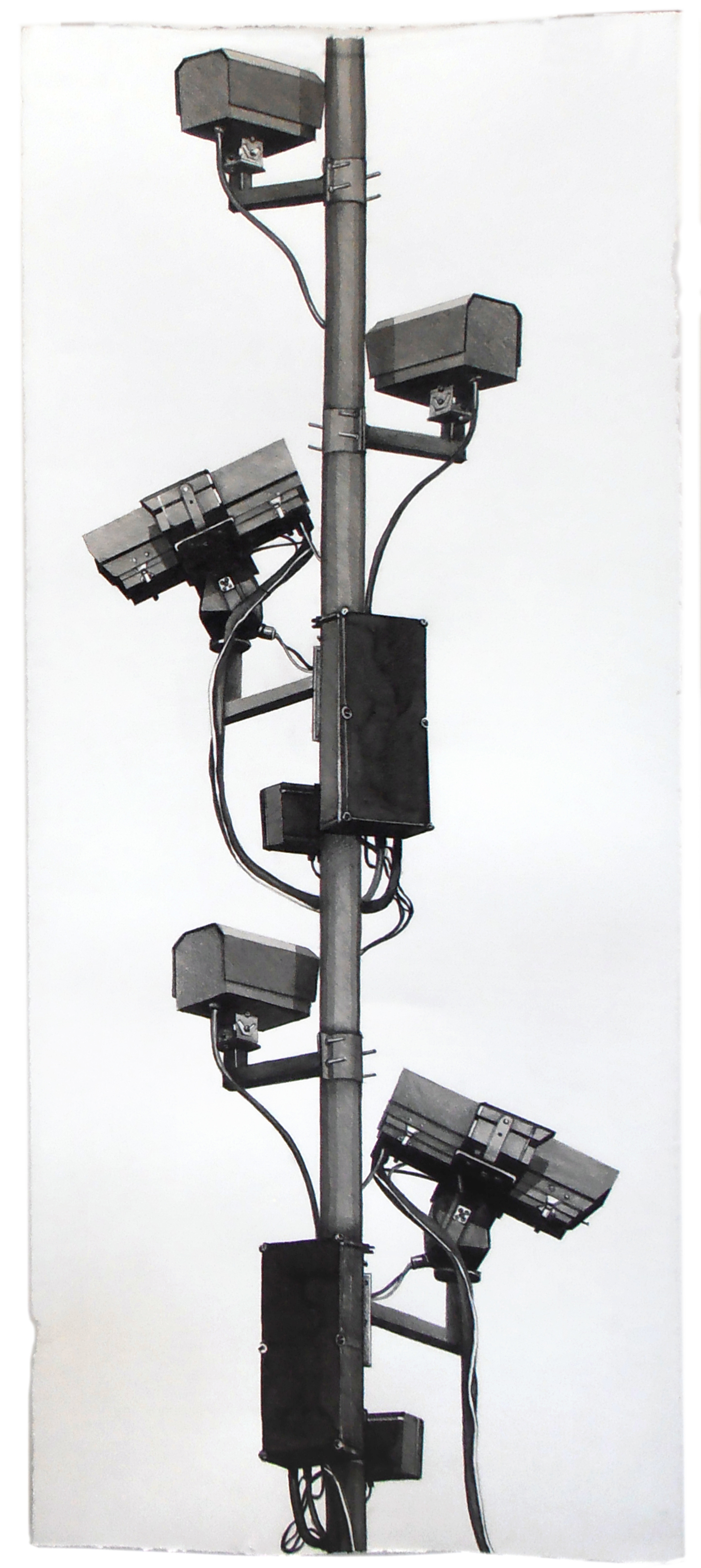
DSS: One of your biggest projects was “The Death of Fear” which is image of rioters and protesters from all over the world. First of all, I have to ask you- some are self-portraits. Have you ever engaged in political protests yourself?
NG: No, I haven’t.
DSS: Have you ever envisioned yourself in that situation, though?
NG: I’m just an observer of what is going on.
DSS: You turn the violent images into mandalas- is that a way of injecting peace into strife?
NG: I could say so, yeah. In the first place, I see the drawing as not so much a violent thing, I don’t want to just portray violence- that is why they are all depicted as an individual, not part of a group.

DSS: When you turn the individual person throwing a rock, for example, and turned it into a mandala, it makes them look like they are dancing.
NG: You’re right. When you see images from any part of the world in any part of history from the ‘60’s to now, you will notice that most of the images look very similar. Most of them are really “active”. It is like a choreography of rioters and protesters.
DSS: I noticed that you used papyrus for the drawings of Egyptian protesters. That was deliberate, right?
NG: Right. Actually that was the day that President Mubarak stepped down from the presidency, so I was looking at the news, and was following what went on, and I had some papyrus for a long time and thought it was a good time to use them.
DSS: You occasionally use blood as media- is it yours?
NG: I used blood for one particular project relating to illegal dog fighting in South Florida. It’s really sad- that’s why I made this series, Dog Days. I used washes of blood for painting the dogs, and I used cow’s blood that you can buy from a butcher. This actually goes back in history to England in Medieval times. Bulldogs were basically bred to fight bulls, and it was a legal practice actually. It was a blood sport totally legal at that time. It was banned in 1835. So this is why the cows’ blood had meaning in this work.
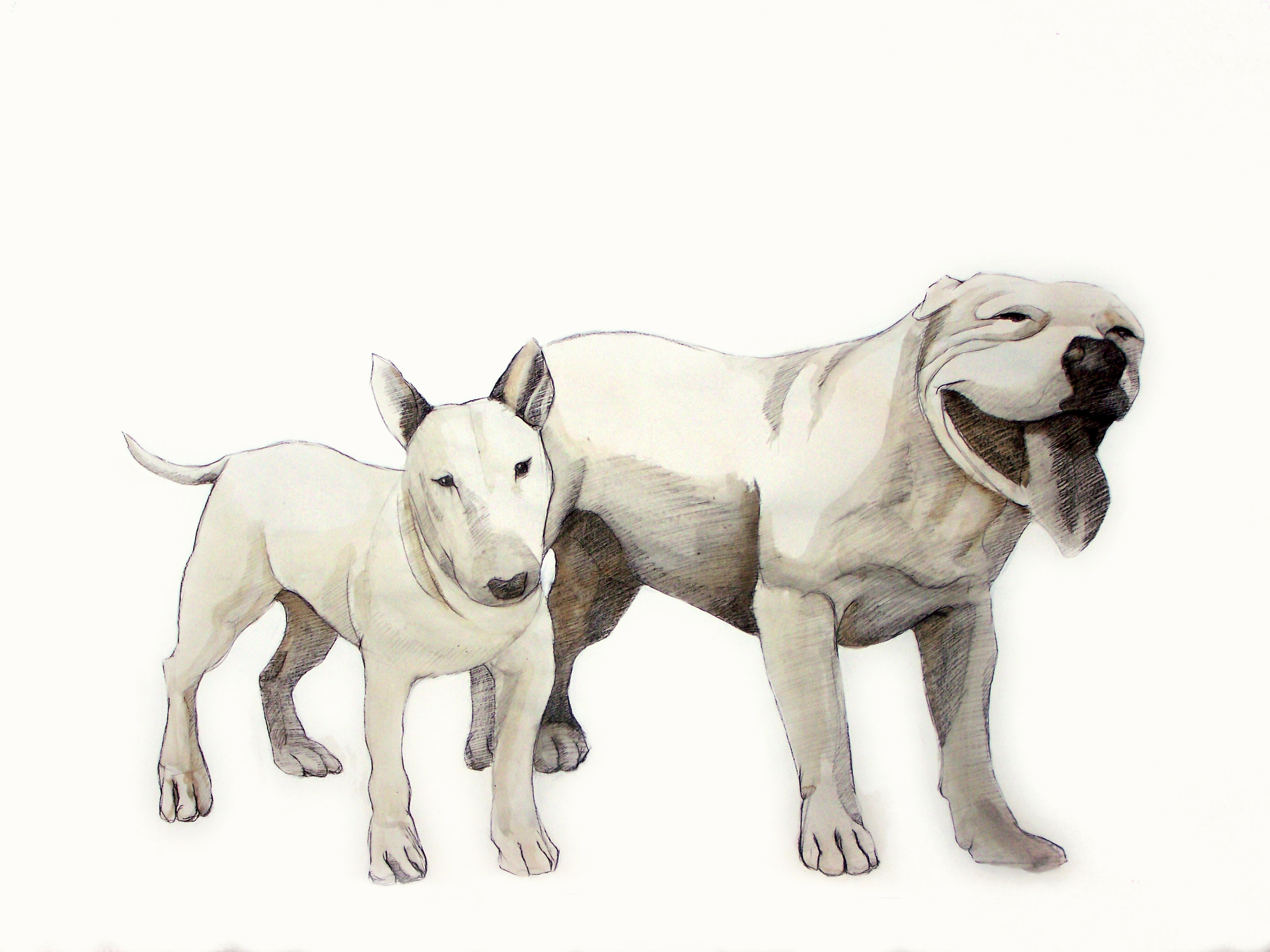
DSS: Is the current crazy presidential election in this country giving you new ideas for work?
NG: Not really, it is making me sad, actually. To see the manipulation of the media, and how people are dividing deeply in black and white it seems. You see a lot of hate in the environment which makes me really sad.
DSS: Are you a citizen yet?
NG: Oh, yes, I’ve voted in two elections already!
DSS: Your most recent work is a series of portraits of other artists.
NG: Yes- I’ve been working on that for a while, too. (see Portraits, 2014-2015)
DSS: In your process for this, you seem to be reducing your images first digitally?
NG: For that series of portraits, yes. The final works are paintings I’ve made but they come from digital images I’ve manipulated in order to get to that result.
DSS: Are you still continuing to do some?
NG: Yes, I’m still doing it. It’s basically artists that I know personally- artists that have influenced my work, friends that have helped me one way or the other. It’s like a small way of recognizing them.
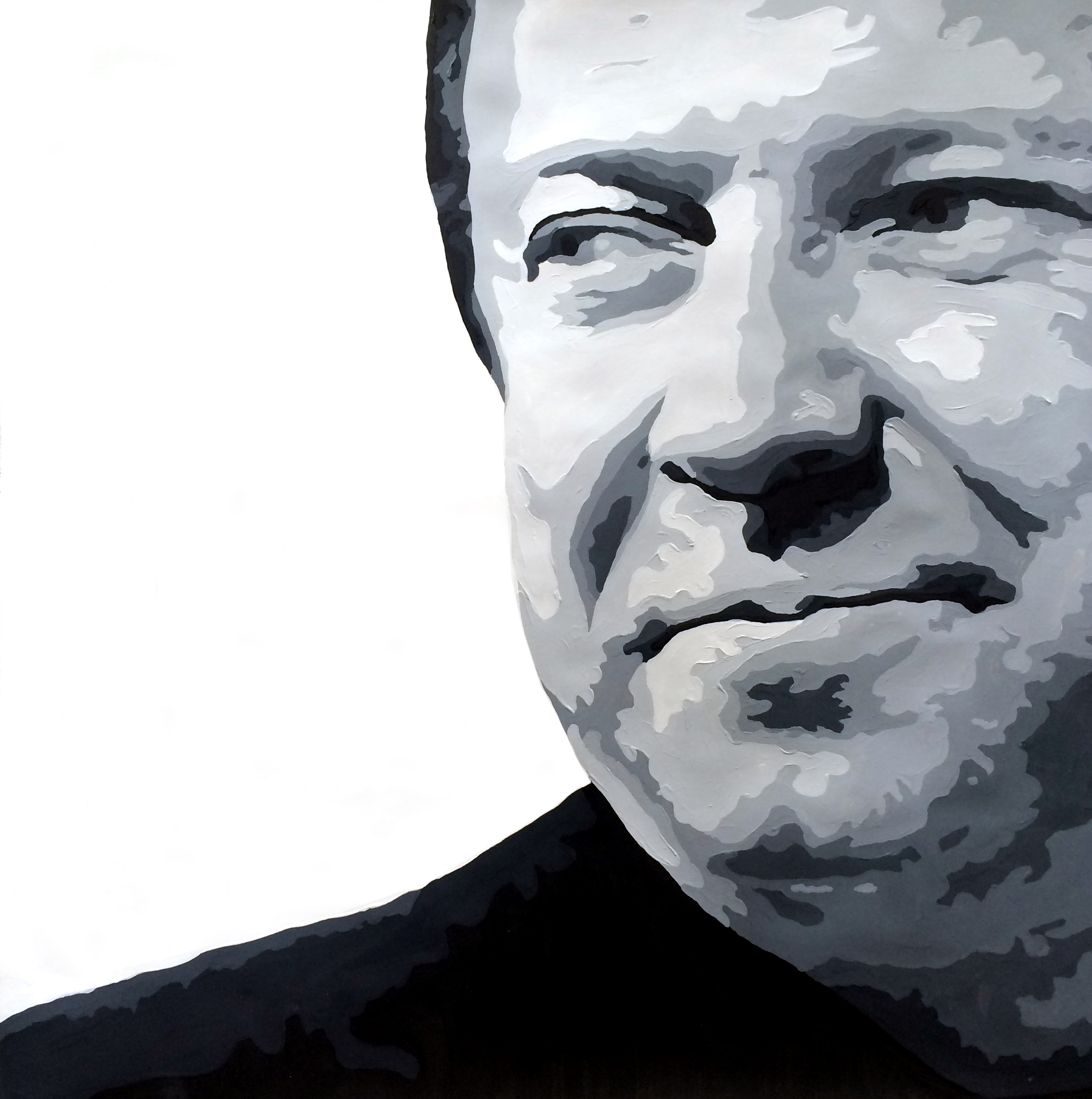
DSS: You’ve done so many series based on social or political issues, and this series seems so peaceful? Is this just temporary?
NG: I think so- it’s probably related to, moving to Memphis? (laughs) The pace of living is slower. So- I don’t know. It probably isn’t exactly because of that. It’s something temporary. I’m still thinking about what’s following The Death of Fear
DSS: Do you have a new series planned out for after you’re done with the murals at the University of Memphis?
NG: Not yet, as I’ve said I’d like to keep drawing and I’d like to keep working on paper. I want to follow up the recent work of The Death of Fear
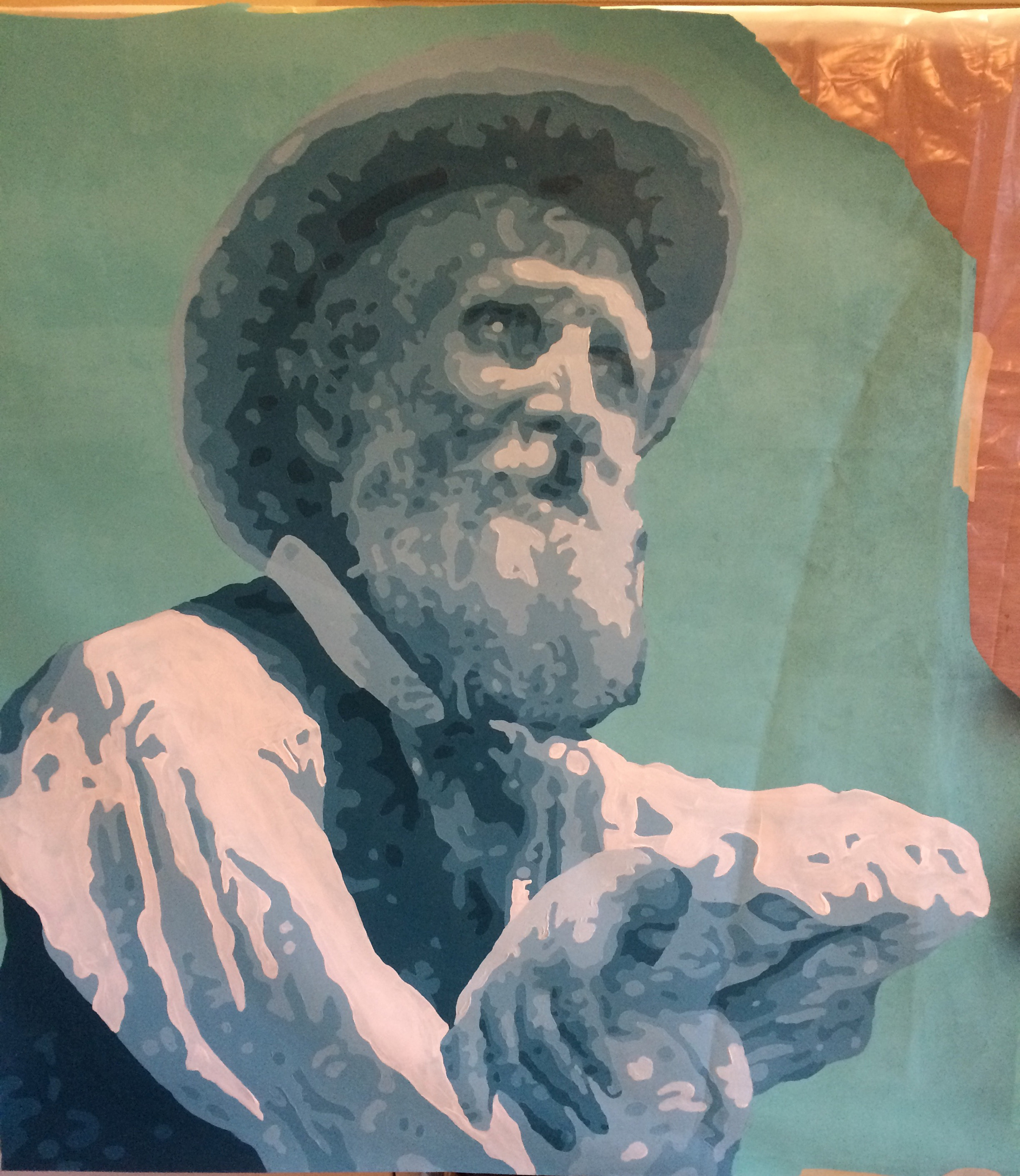
* All images courtesy of the artist.
Nelson Gutierrez is an artist presently living in Memphis, TN. Born in Colombia; he received his BA from the Universidad de Bogotá Jorge Tadeo Lozano, Bogota, Colombia in 1990, and traveled to London, England to earn his MFA from Chelsea College of Art and Design in 1999. He presently is working as a full-time studio artist, and is also part of a team of artists working with University of Memphis’ Associate Professor of Art, Cedar Lorca Nordbye, on stairwell murals for the Fogelman College of Business and Economics. The team, the Mid-South Mural Brigade, is composed of a changing, diverse team of artists, and was founded by Gutierrez and Nordbye.
Since the early 1990s, Nelson Gutierrez's work has focused on creating two and three-dimensional artworks, conceptual objects and installations, based on current sociopolitical issues. Through art he looks to better understand societal conflict and its implications psychologically and socially. His art addresses issues of longing, fear, grief and vanity. He juxtaposes materials such as charcoal, ink, wood, metal, blood, wax, water, glass, light and photographs that together also have symbolic relevance to the issue he is exploring. He uses a variety of different mediums to express these feelings and tell a story that is universally understood to us all but experienced more intensely by a select few.
An interactive link to his book, The Death of Fear, may be accessed here.
Denise Stewart-Sanabria is an artist and art writer living in Knoxville, TN.


